No salt spaghetti sauce is a delicious and healthy alternative to traditional spaghetti sauce. Here we will share a mouthwatering recipe for a no-salt spaghetti sauce that is both flavorful and nutritious.
We will walk you through the essential ingredients, including high-quality tomato choices and the importance of fresh herbs and spices. Our step-by-step guide will help you easily prepare the sauce, while our cooking techniques will enhance the flavours.
We will also provide tips on storing and reheating the sauce and insights from a nutritionist on low-sodium diets and how they benefit your health. Get ready to enjoy a guilt-free pasta night with this delectable recipe!
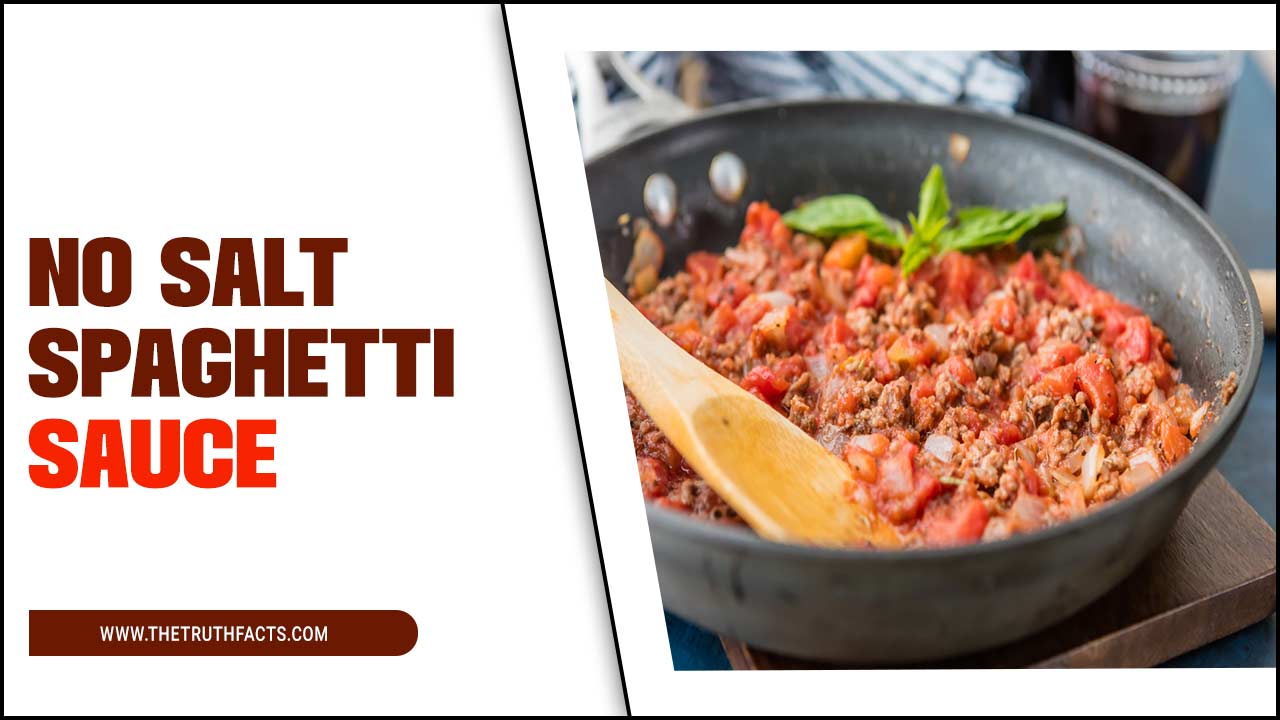
Essential Ingredients For No Salt Spaghetti Sauce
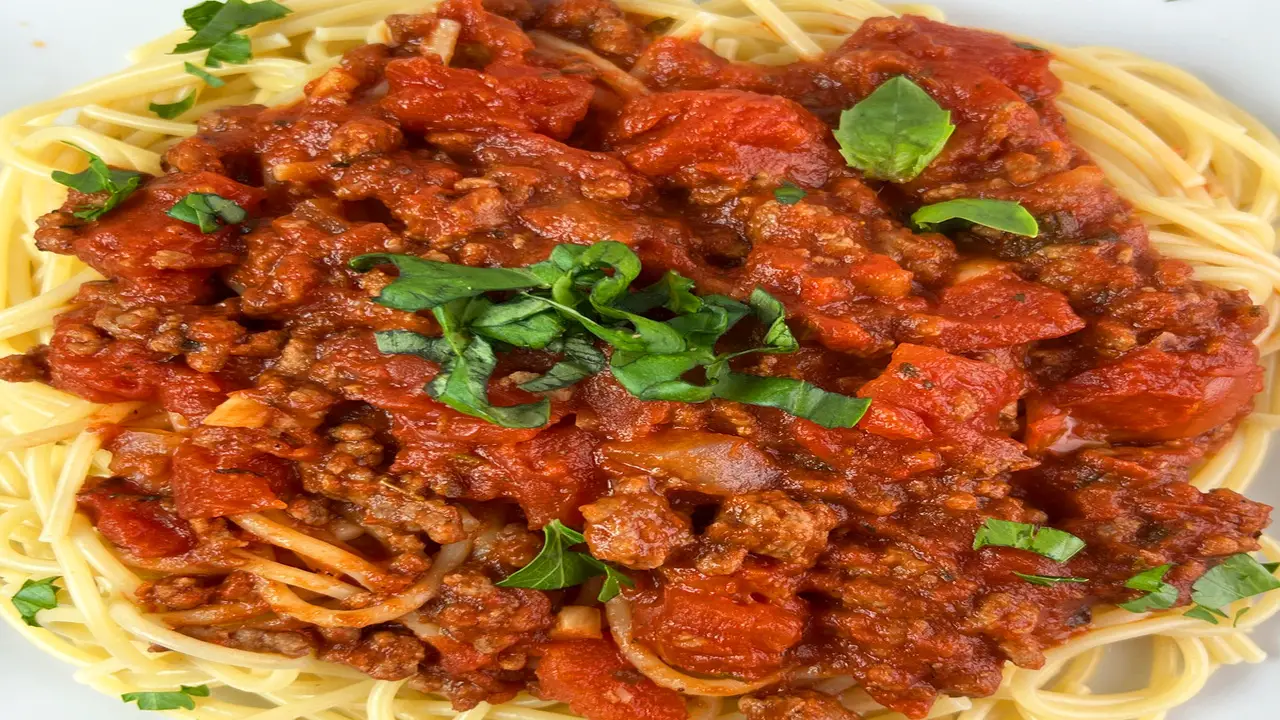
To create a delicious and healthy no-salt spaghetti sauce, start with a tomato-based sauce using canned or fresh tomatoes. Enhance the flavour by adding diced onions, garlic, and other aromatic vegetables like bell peppers or mushrooms. Season the sauce with dried herbs such as basil, oregano, and thyme, along with spices like black pepper and red pepper flakes.
Add natural sweeteners like carrots, honey, or balsamic vinegar to balance the acidity. Use fresh herbs like parsley or basil and a splash of lemon juice or red wine for extra brightness. Simmer the sauce slowly to develop a rich taste, adjusting the consistency with water or tomato paste as needed.
High-Quality Tomato Choices
When preparing a no-salt spaghetti sauce, choosing tomatoes is crucial in achieving the best flavour. It is recommended to use fresh and ripe tomatoes for a delicious sauce. San Marzano tomatoes are highly favoured for their sweet and rich taste, while vine-ripened tomatoes provide maximum flavour and juiciness.
Organic tomatoes are the preferred option to ensure that your sauce is free from pesticides and chemical additives. For a unique and exciting twist to your sauce, don’t hesitate to experiment with different tomato varieties, such as Roma or Heirloom, which offer distinct flavours.
Importance Of Fresh Herbs And Spices
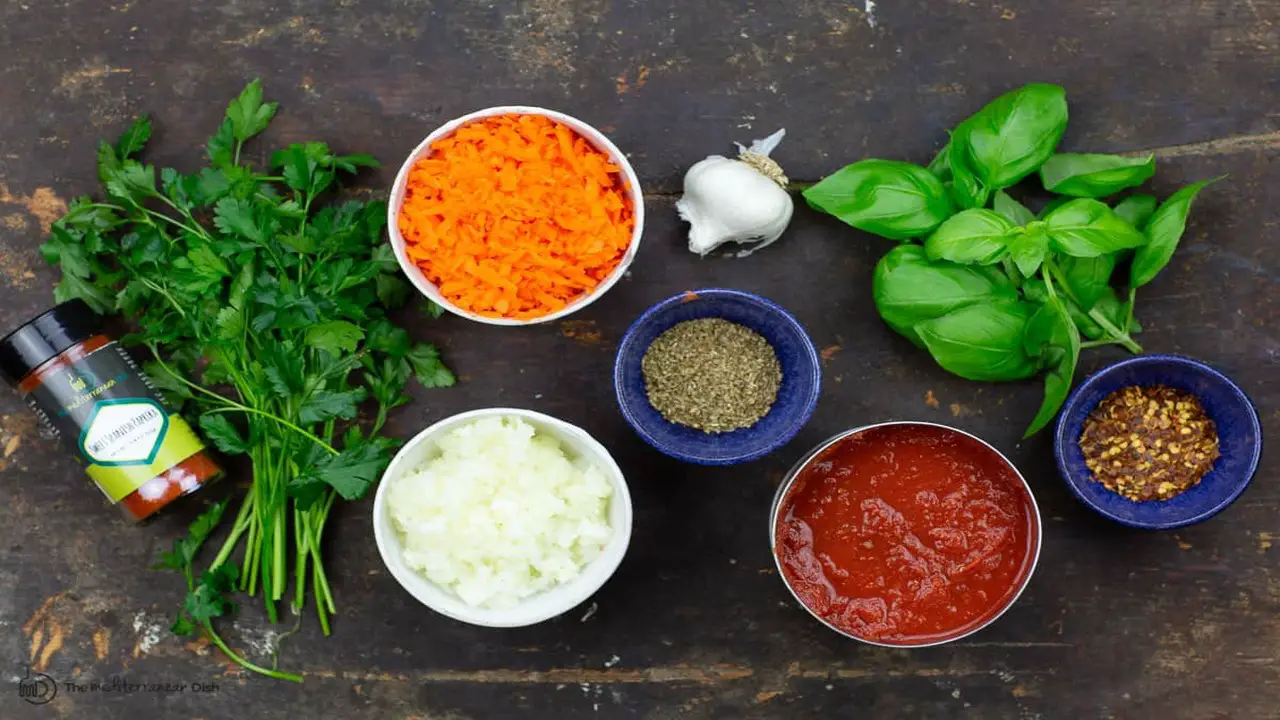
Fresh herbs and spices are essential ingredients when it comes to elevating the flavour of your no-salt spaghetti sauce. Basil, oregano, and thyme bring a natural and aromatic taste to your sauce, while garlic powder, onion powder, and black pepper add depth to the overall flavour profile.
The advantage of using fresh herbs and spices is that you have complete control over the sodium content in your sauce, making it a healthier choice. You can create a unique and flavorful sauce that perfectly suits your taste preferences by experimenting with different combinations of herbs and spices.
Step-By-Step Guide To Preparing No Salt Spaghetti Sauce

Preparing a no-salt spaghetti sauce is a great option for those watching their sodium intake. Following this step-by-step guide, you can enjoy a delicious and healthier alternative to traditional spaghetti sauce without sacrificing flavour. Here is a step-by-step guide to help you make a delicious and flavorful no-salt spaghetti sauce:
- Heat olive oil in a large saucepan over medium heat.
- Add minced garlic and chopped onions to the pan and sauté until they become translucent.
- add diced tomatoes, tomato paste, and any desired herbs and spices, such as basil, oregano, and pepper.
- Stir the mixture well and let it simmer for about 20-30 minutes to allow the flavours to meld together.
- If you prefer a smoother consistency, use an immersion or regular blender to blend the sauce until smooth.
- Taste the sauce and adjust the seasonings as needed. You can add more herbs or spices to enhance the flavour.
- Serve your homemade no-salt spaghetti sauce over your favourite pasta or use it as a base for other Italian dishes like lasagna or pizza.
Cooking Techniques for Enhanced Flavors
Cooking techniques are crucial in enhancing the flavours of a no-salt spaghetti sauce. Sautéing onions and garlic brings out their natural flavours, adding depth to the sauce. Incorporating herbs like oregano, basil, and red pepper flakes provides complexity and a delightful aroma.
Simmering the sauce for longer melds the flavours together, resulting in a rich and flavorful taste. Fresh, high-quality ingredients such as ripe tomatoes and aromatic vegetables enhance the overall flavour profile. Experimenting with different cooking techniques, like roasting or caramelizing certain ingredients, adds unique and tantalizing flavours to the sauce.
How To Store And Reheat Your No-Salt Spaghetti Sauce?
To ensure proper storage of your no-salt spaghetti sauce, transfer it to an airtight container and refrigerate it. It can be safely stored in the refrigerator for up to 5 days. You can use a saucepan on low to medium heat or a microwave-safe dish when reheating the sauce. Make sure to stir occasionally to prevent any hot spots. Add extra seasoning before serving to enhance the flavour according to your preferences if desired.
Tips For Long-Term Storage
To maintain the freshness of your homemade no-salt spaghetti sauce, storing it in airtight containers is recommended. Freezing the sauce in individual portions makes it more convenient for thawing and usage. Don’t forget to label and date the containers to keep track of storage time. It is best to use the sauce within 3-6 months for optimal flavour and quality. When ready to enjoy your sauce, thaw it in the refrigerator overnight before reheating. This ensures that the flavours meld together perfectly, and you can savour every delicious bite.
Can This Recipe Be Adapted For Dietary Restrictions?
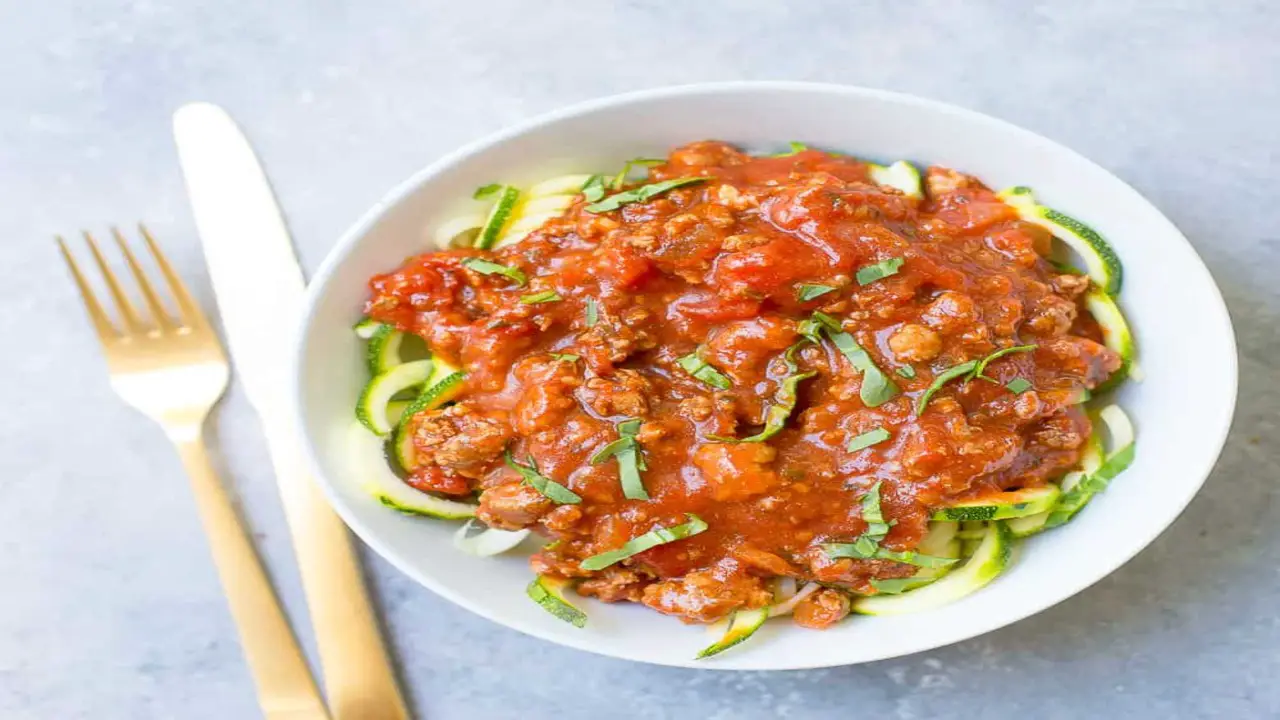
Absolutely! This versatile recipe can be easily modified to accommodate various dietary restrictions. If you follow a gluten-free diet, simply substitute regular pasta with gluten-free options made from rice, corn, or quinoa. For a healthier alternative, you can use whole-wheat pasta instead.
If you are lactose-intolerant or following a dairy-free diet, replace cream with dairy-free alternatives like almond milk or coconut milk. You can also adjust the seasonings according to your preferences and dietary needs by reducing sodium or adding more herbs for added flavour. With these simple modifications, you can enjoy this delicious recipe while following your dietary requirements.
Insights From A Nutritionist On Low Sodium Diets
If you’re looking to create a delicious and flavorful no-salt spaghetti sauce, there are several techniques you can employ. Start using fresh herbs and spices to add depth and complexity to the sauce. Onions, garlic, and mushrooms can also enhance the flavour profile.
Whether fresh or canned, Tomatoes are essential for achieving a rich and savoury taste. Instead of using salt, consider using low-sodium broth or stock to maintain the deliciousness of the sauce. Experiment with ingredients like balsamic vinegar or lemon juice for added flavour without sodium. These tips from a nutritionist will help you create a healthy and satisfying low-sodium spaghetti sauce that doesn’t compromise on taste.
How Does A Low Sodium Diet Benefit Your Health?
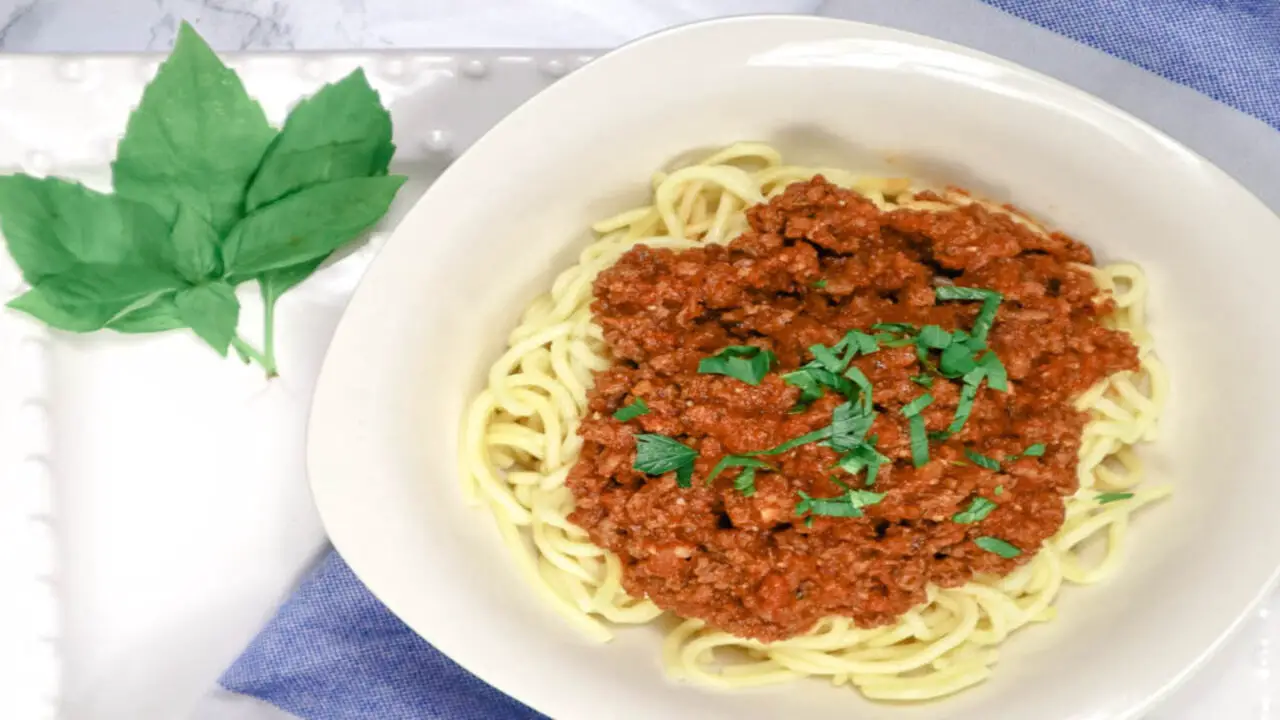
Adopting a low-sodium diet can have a multitude of health advantages. One of the primary benefits is its ability to lower blood pressure, reducing the risk of heart disease. By reducing sodium intake, the body retains less fluid, leading to improved kidney function and a decreased likelihood of fluid retention.
Moreover, individuals with conditions such as Meniere’s disease or hypertension can also benefit from a low-sodium diet as it helps manage these conditions effectively. Overall, incorporating a low-sodium diet into your lifestyle can significantly improve your overall health and well-being.
Conclusion
This no salt spaghetti sauce recipe is a delicious and healthy alternative for reducing sodium intake. You can create a flavorful sauce without relying on added salt by using high-quality tomatoes, fresh herbs, and spices. The step-by-step guide in this blog will help you easily prepare the sauce, and the cooking techniques shared will enhance the flavours.
It’s important to store and reheat the sauce properly to maintain its taste and quality. Additionally, you can adapt this recipe to suit your needs if you have dietary restrictions. Finally, a nutritionist has provided insights on the benefits of a low-sodium diet, highlighting how this recipe can contribute to better health. Enjoy this no salt spaghetti sauce as a tasty and nutritious option for your next pasta night!
Frequently Asked Questions
1.Is There Tomato Sauce Without Salt?
Ans: Indeed, there are tomato sauce options available without added salt. Look for labels indicating “no salt added” or “low sodium” tomato sauce. Alternatively, you can make your own tomato sauce without adding salt and enhance the flavour with herbs and spices.
2.Does Prego Sauce Have Salt In It?
Ans: Prego sauce does contain salt, although the amount may vary depending on the specific variety. If you’re looking for a no-salt spaghetti sauce, making your own using fresh ingredients is best. Alternatively, look for low-sodium or no-salt-added alternatives to reduce your sodium intake.
3.How Do You Neutralize Salt In Spaghetti Sauce?
Ans: Neutralizing salt in spaghetti sauce can be achieved by adding acidic ingredients like vinegar or lemon juice or balancing the saltiness with sweet ingredients like sugar or honey. Diluting the sauce with unsalted broth, water, or additional tomatoes can also help reduce saltiness. Taste and adjust until the desired flavour is achieved.
4.What To Serve With Spaghetti Sauce?
Ans: Spaghetti sauce is versatile and can be paired with various dishes. It is commonly served with pasta like spaghetti or penne, used as a pizza topping or breadstick dip, and enjoyed with meatballs or sausage. You can also use it as a base for lasagna or baked ziti.
5.What Are Low-Sodium Pasta Sauce Brands?
Ans: Low-sodium pasta sauce brands offer flavorful options with reduced salt content. Popular choices include Prego Heart Smart, Barilla No Salt Added, and Rao’s Homemade Sensitive Formula. These sauces provide a healthier alternative without compromising on taste. Always check the nutrition labels to ensure they meet your dietary needs.
